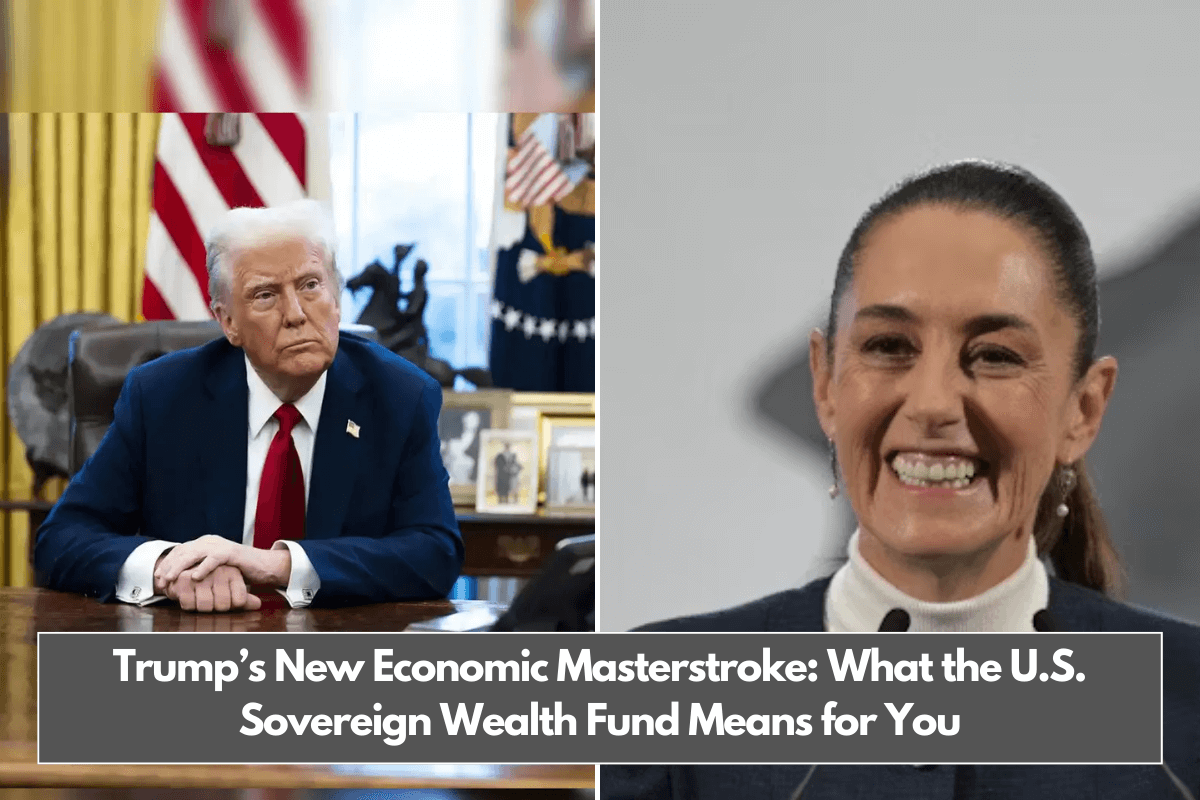President Donald Trump signed an executive order on Monday initiating the process of creating a U.S. sovereign wealth fund, a government-owned investment fund aimed at generating wealth for the nation. The move marks a significant shift in U.S. financial policy and follows similar strategies used by countries like Norway and Saudi Arabia.
What is a Sovereign Wealth Fund?
A sovereign wealth fund (SWF) is a state-owned investment fund created by a country to manage its national reserves. These funds invest in various assets, such as stocks, bonds, real estate, and other financial instruments, to generate returns. The goal is to help nations address economic challenges, pay down debts, or build savings for future generations.
Countries such as Norway, Singapore, China, and Saudi Arabia have successfully used sovereign wealth funds to bolster their economies. Norway’s Government Pension Fund, for example, is the world’s largest SWF, holding $1.7 trillion in assets.
Trump’s Vision for the U.S. Sovereign Wealth Fund
Trump’s executive order tasks Treasury Secretary Scott Bessent and Howard Lutnick, his nominee for Commerce Secretary, with designing the structure and operations of the fund.
According to Bessent, the fund will be “up and running within 12 months” and will aim to “monetize the asset side of the U.S. balance sheet for the American people.”
The specifics of the fund’s investments have yet to be finalized, but Trump hinted at a potential role for TikTok, the popular app owned by Chinese parent company ByteDance.
A U.S. law passed in January requires TikTok’s sale or ban, but Trump has delayed enforcement, possibly keeping the app as part of future investment strategies.
Why is the U.S. Creating a Sovereign Wealth Fund Now?
Trump described the decision as “very exciting” and a way to create wealth for the American people. Establishing a sovereign wealth fund could help the U.S. address long-term financial issues, including:
- Reducing national debt: By investing in profitable assets, the government could generate returns that contribute to debt reduction.
- Stabilizing the economy: The fund could act as a financial safety net during economic downturns.
- Creating future savings: Long-term investments could generate sustainable income for future generations.
Bessent stated that the Trump administration would study best practices from other countries to ensure the fund’s success.
Potential Challenges and Safeguards
While the idea of a U.S. sovereign wealth fund is ambitious, it raises questions about transparency, accountability, and potential political influence. Experts have called for safeguards to prevent misuse, ensure that investments benefit the public, and maintain transparent reporting obligations.
Concerns include:
- Political interference: Ensuring investments are made based on economic, not political, interests.
- Public oversight: Clear reporting and auditing processes to avoid corruption or favoritism.
- Investment strategy: Choosing the right mix of assets to balance risk and return.
What Can the U.S. Learn from Other Countries?
Several countries have successfully implemented sovereign wealth funds, offering lessons for the U.S.:
- Norway: Its $1.7 trillion Government Pension Fund is highly transparent, with strict rules limiting how much of the fund can be used annually (about 20% of the government’s budget).
- Singapore: Its fund focuses on long-term investments in infrastructure and technology, helping drive national growth.
- Saudi Arabia: The Public Investment Fund focuses on diversifying the country’s oil-dependent economy.
By studying these models, the U.S. can develop a robust and effective fund tailored to its unique financial and economic needs.
The creation of a U.S. sovereign wealth fund could mark a major turning point in how the country manages its national assets.
With proper safeguards, transparency, and strategic investments, the fund has the potential to generate wealth for future generations, reduce debt, and stabilize the economy. However, much will depend on how the Trump administration structures the fund and ensures its long-term success.
